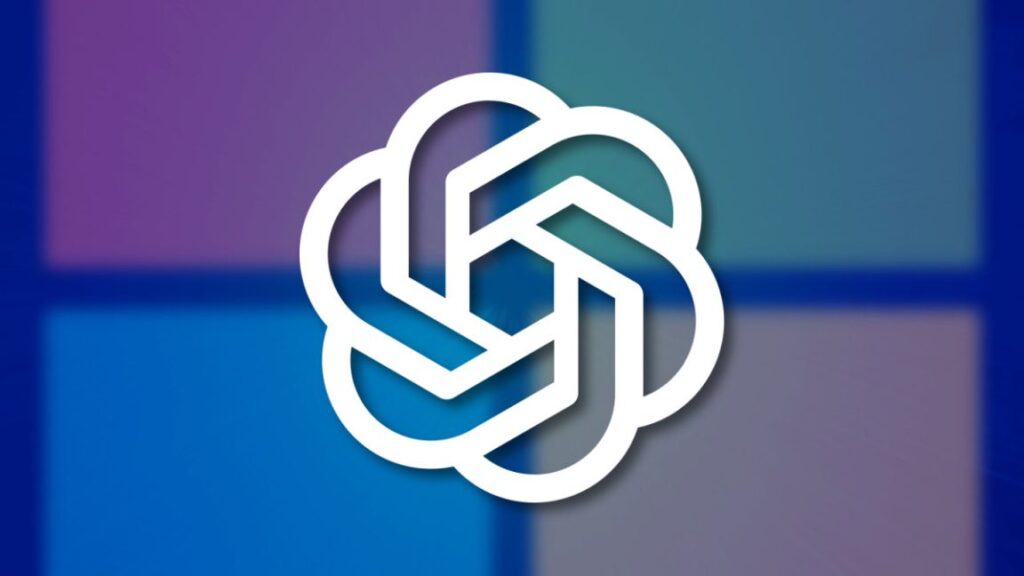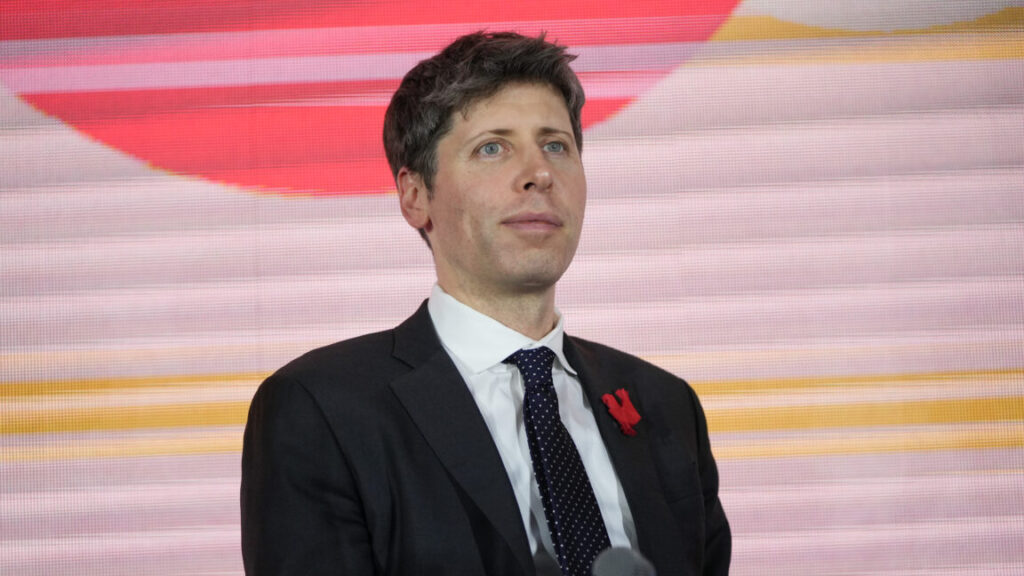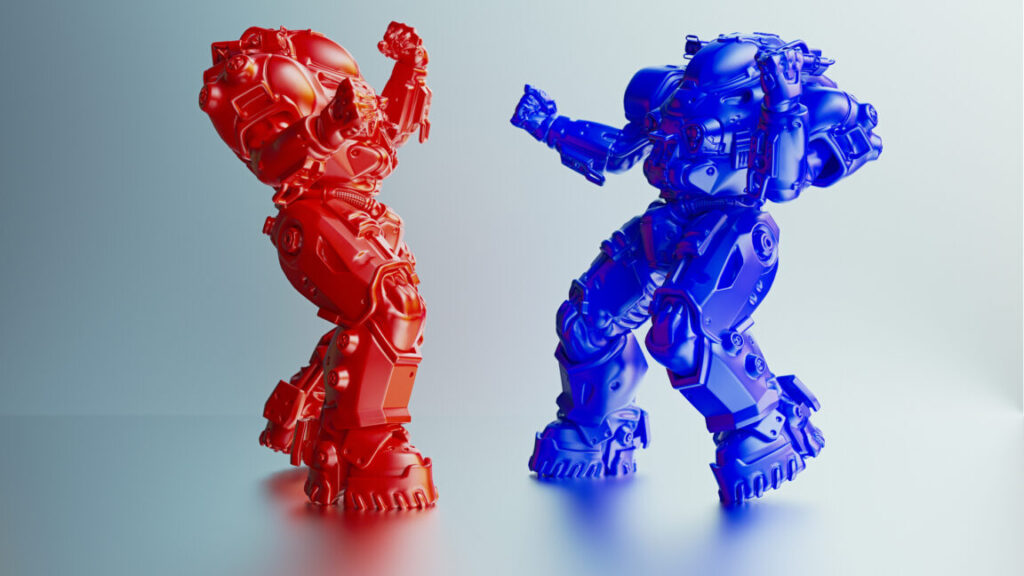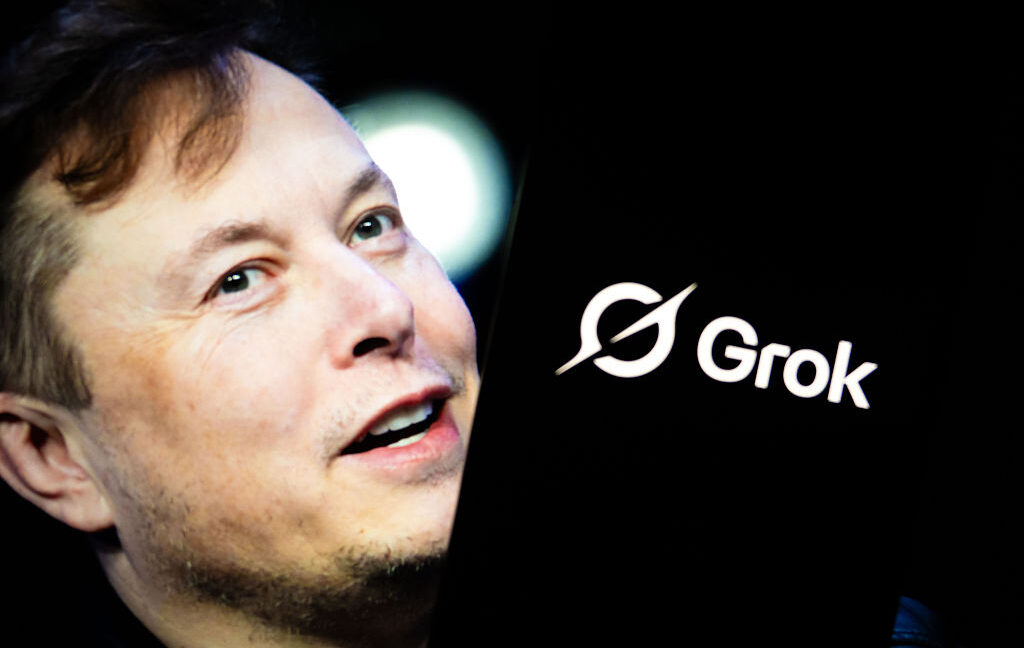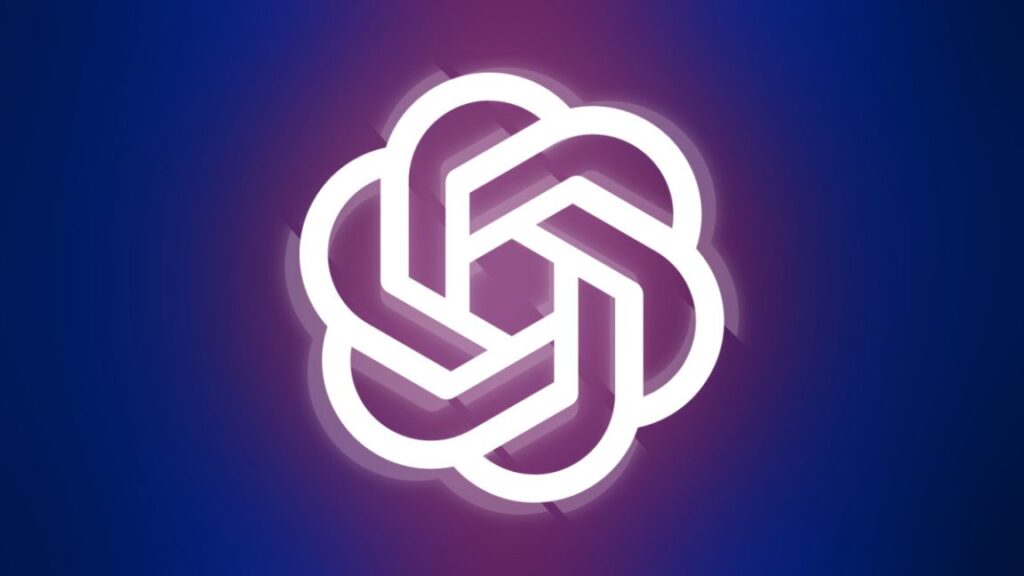OpenAI and Microsoft sign preliminary deal to revise partnership terms
On Thursday, OpenAI and Microsoft announced they have signed a non-binding agreement to revise their partnership, marking the latest development in a relationship that has grown increasingly complex as both companies compete for customers in the AI market and seek new partnerships for growing infrastructure needs.
“Microsoft and OpenAI have signed a non-binding memorandum of understanding (MOU) for the next phase of our partnership,” the companies wrote in a joint statement. “We are actively working to finalize contractual terms in a definitive agreement. Together, we remain focused on delivering the best AI tools for everyone, grounded in our shared commitment to safety.”
The announcement comes as OpenAI seeks to restructure from a nonprofit to a for-profit entity, a transition that requires Microsoft’s approval, as the company is OpenAI’s largest investor, with more than $13 billion committed since 2019.
The partnership has shown increasing strain as OpenAI has grown from a research lab into a company valued at $500 billion. Both companies now compete for customers, and OpenAI seeks more compute capacity than Microsoft can provide. The relationship has also faced complications over contract terms, including provisions that would limit Microsoft’s access to OpenAI technology once the company reaches so-called AGI (artificial general intelligence)—a nebulous milestone both companies now economically define as AI systems capable of generating at least $100 billion in profit.
In May, OpenAI abandoned its original plan to fully convert to a for-profit company after pressure from former employees, regulators, and critics, including Elon Musk. Musk has sued to block the conversion, arguing it betrays OpenAI’s founding mission as a nonprofit dedicated to benefiting humanity.
OpenAI and Microsoft sign preliminary deal to revise partnership terms Read More »
